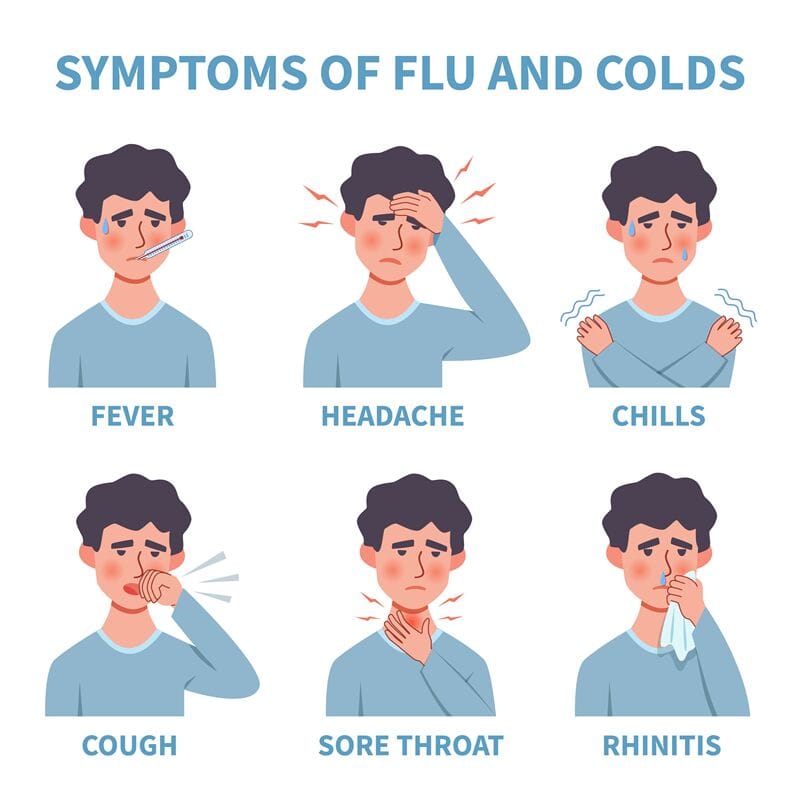
Many people experience symptoms like sneezing and a runny nose every spring or fall and wonder if they have a common cold or hayfever. Although these conditions share some symptoms, there are important differences to help you tell them apart.
A common cold is caused by a viral infection that triggers your immune system. Seasonal hayfever, also known as allergic rhinitis, happens when your immune system reacts to allergens such as pollen, dust, or pet dander.
Both the common cold or hayfever can cause sneezing and nasal congestion, but:
- A common cold often comes with a sore throat, cough, and sometimes a mild fever.
- Hayfever rarely causes sore throats or fevers but often leads to itchy eyes, puffy eyelids, or dark circles under your eyes.
Here’s a quick symptom comparison:
| Symptom | Common Cold | Hayfever |
|---|---|---|
| Fever | Sometimes | Never |
| Itchy eyes | Rarely | Usually |
| Sore throat | Usually | Rarely |
| Sneezing | Usually | Usually |
| Tiredness | Sometimes | Sometimes |
| Runny nose | Usually | Usually |
| Stuffy nose | Usually | Usually |
| Cough | Usually | Sometimes |
Duration and treatment:
A common cold typically lasts about 3 to 10 days, although a cough can linger longer. Rest, fluids, pain relievers, and nasal sprays or rinses can help ease symptoms.
Hayfever may last for several weeks during allergy season. Treatments include nasal saline rinses, antihistamines, and nasal steroid sprays. Avoiding exposure to allergens when possible is also important.
If you’re unsure whether you have a common cold or hayfever, or if your symptoms worsen, book an appointment with OneMedicine






